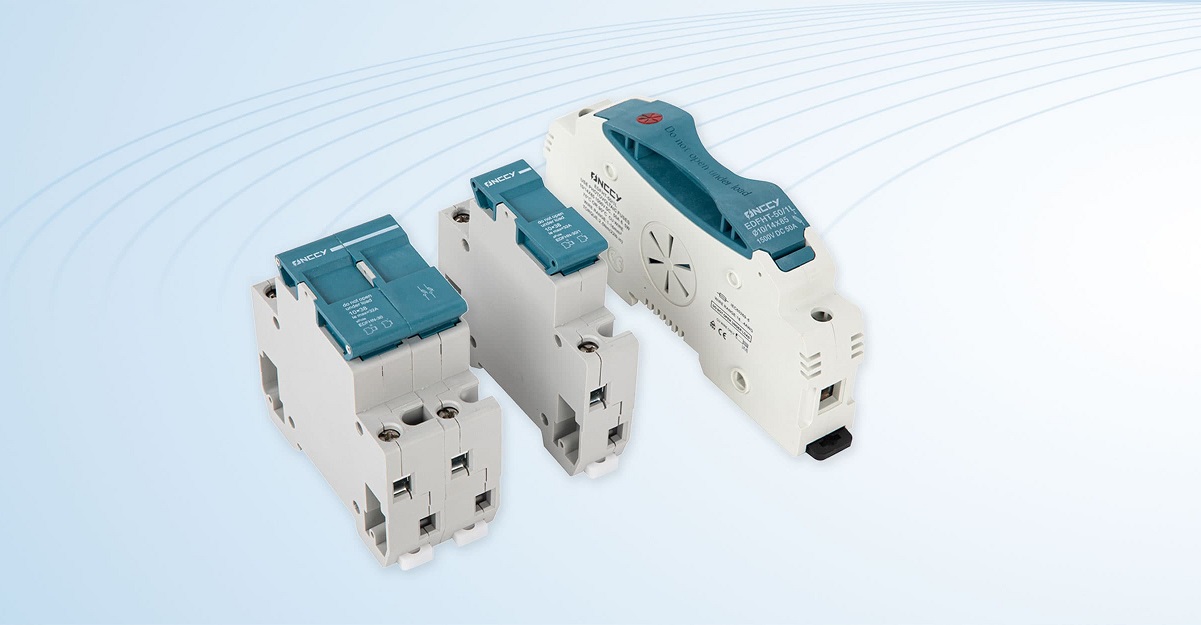Fuse is short for fuse, which is one of the simplest protection appliances in our life. In the distribution transformer high and low voltage side are equipped with fuses as short-circuit protection, which is to prevent short-circuit current damage to the transformer. In addition, a variety of power and lighting installations are often used for short-circuit fault or continuous overload fuse protection.
Fuse is mainly composed of fuse, shell and support 3 parts, of which the fuse is the key element to control the fusing characteristics. The material, size and shape of the fuse determine the fusing characteristics. Fuse material is divided into two categories: low melting point and high melting point.
 The role of the fuse
The role of the fuse
The main function is to protect the safe operation of the circuit. Fuse is an electrical appliance that can break the circuit when the current exceeds a specified value by fusing the fuse with the heat generated by itself.
When the circuit malfunction or abnormality, accompanied by rising current, and the rising current may damage some important or valuable devices in the circuit, may also burn the circuit or even cause a fire. If the circuit is correctly placed fuse, then, the fuse will be in the current abnormally high to a certain height and a certain time, its own fuse cut off the current, thus playing a role in protecting the safe operation of the circuit.
Principles of fuse selection
1, according to the line requirements and installation conditions to choose the type of fuse. Small capacity circuit selection of semi-closed or closed type without packing; short-circuit current selection of large closed type with packing; semiconductor component protection selection of fast fuses.
2, according to the load characteristics of the rated current selection fuse.
3, the choice of all levels of fuses need to match each other, the latter level should be smaller than the first level, the main gate and the branches of the line current is not the same, the choice of fuse is not the same.
4, according to the line voltage selection fuse rated voltage.
5, AC asynchronous motor protection fuse current can not be selected too small (recommended 2 ~ 2.5 times the rated current of the motor). If you choose too small, easy to appear in a phase after the fuse fuse, resulting in motor phase operation and burned out, must be matched with a thermal relay for overload protection.
